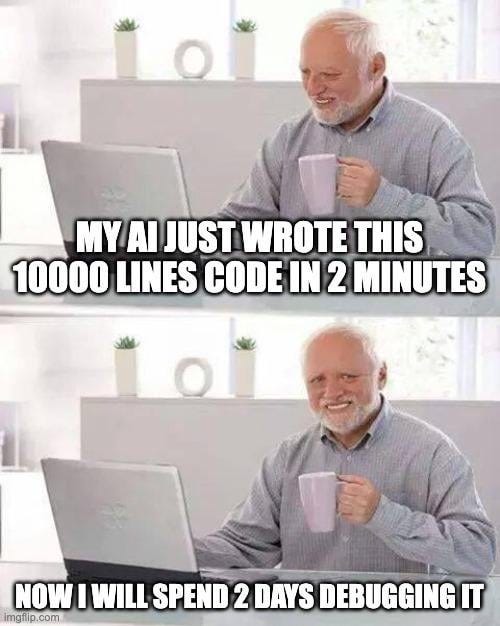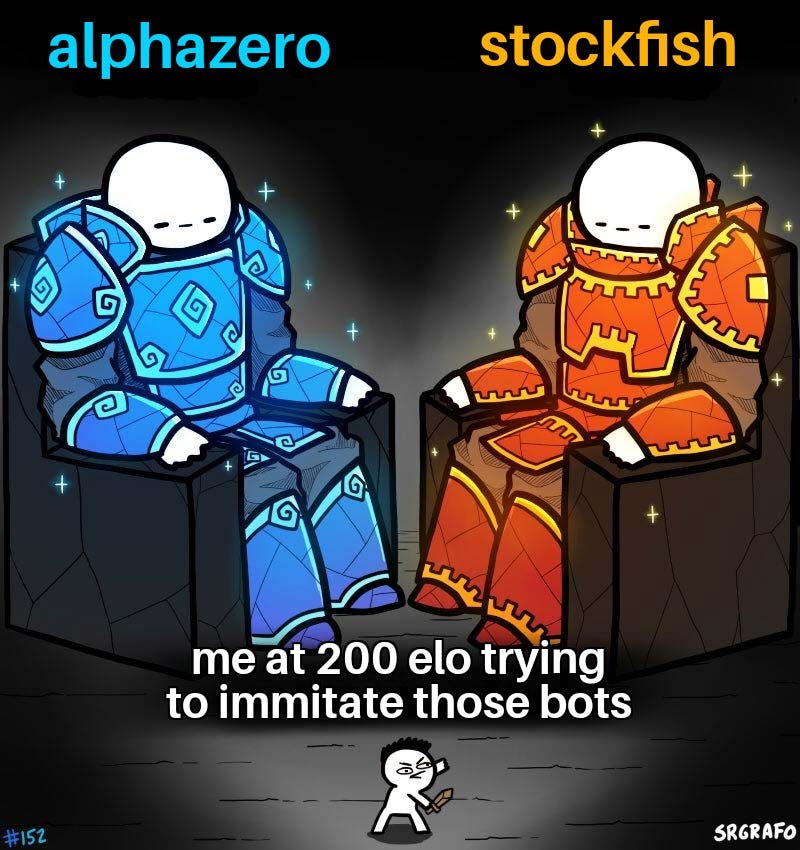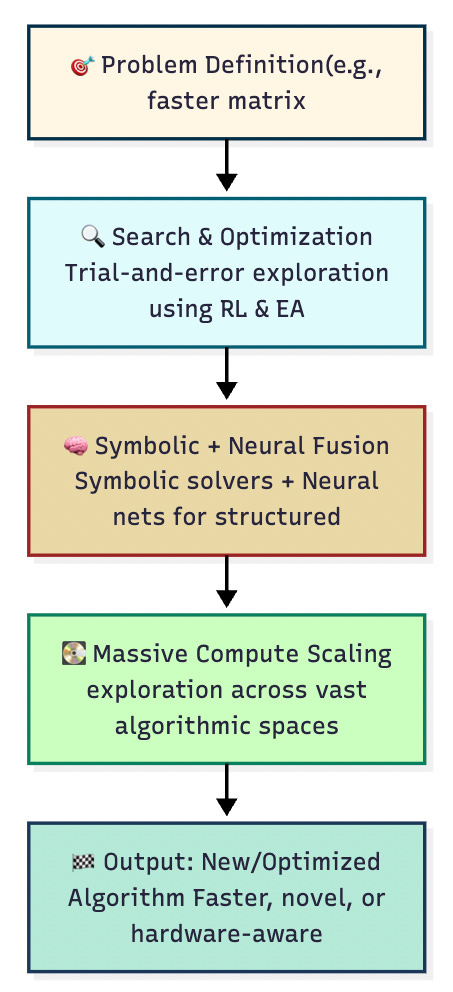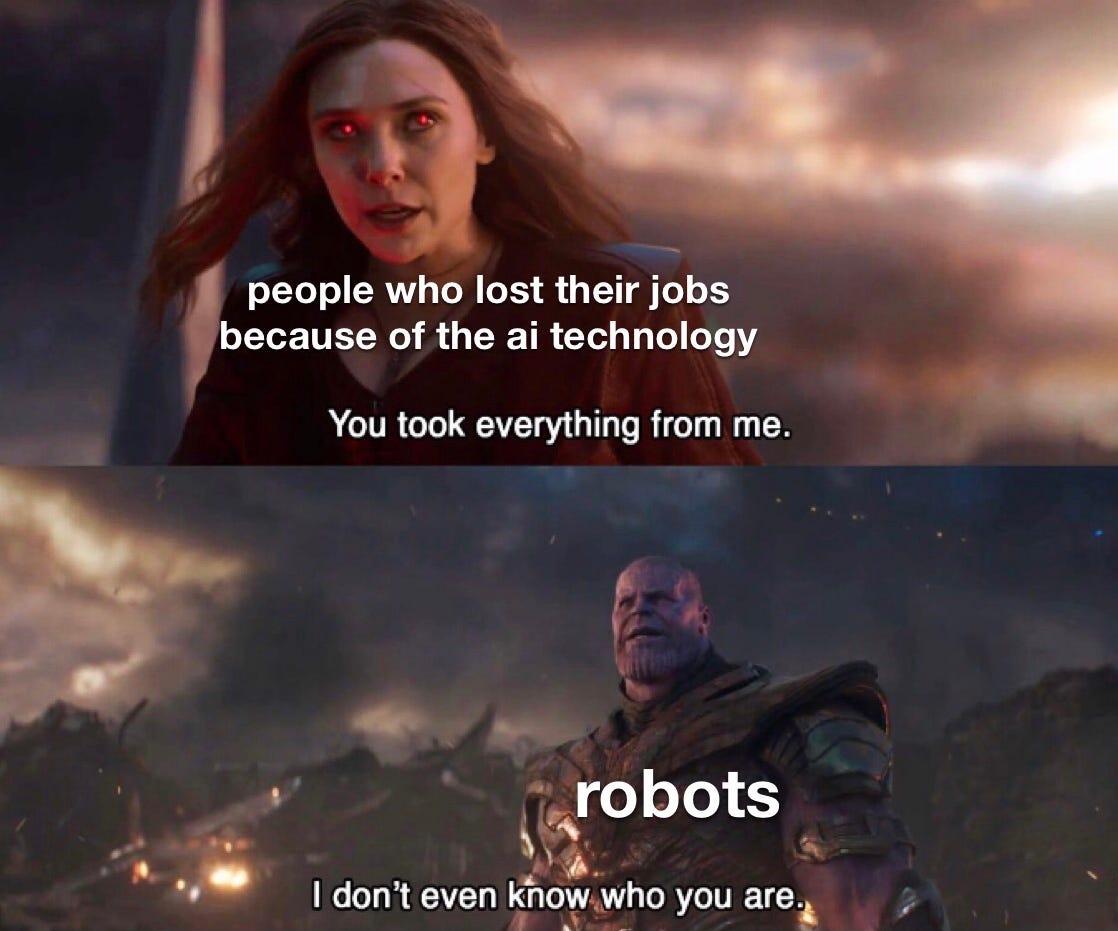AI isn’t just the student anymore in some cases, it’s becoming the teacher. We’re entering an era where algorithms aren’t hand-crafted by human minds alone. Instead, they’re being discovered, optimized, and sometimes entirely designed by AI systems.
In today’s edition of Where’s The Future in Tech let’s unpack this shift how it works, why it matters, and what it means for the future of innovation.
The Algorithm Bottleneck
Let’s face it algorithm design has always been something of a bottleneck in computer science. Human researchers, as brilliant as they are, work within cognitive limits: biases, heuristics, and a very finite ability to explore massive combinatorial spaces.
Finding a better sorting algorithm or optimizing matrix multiplication isn’t just hard it’s often counterintuitive. Many breakthroughs happen not because we logically "figured them out" but because someone took a weird, creative leap that just worked.
But guess who excels at exhaustive search through vast, high-dimensional solution spaces? Machines.
When AlphaZero Goes Off-Script
We got our first taste of machine creativity when DeepMind’s AlphaZero taught itself to dominate games like Go and Chess. But what caught my attention wasn’t just its win rate. It was how it played.
AlphaZero discovered tactics and strategies no human had taught it. Grandmasters described its playstyle as “alien,” “divine,” even “inspiring.” It wasn’t reusing our playbook. It was writing its own.

Now imagine applying that same paradigm to algorithm design.
Algorithm Discovery in the Wild
In 2021, DeepMind introduced AlphaTensor, a system that used reinforcement learning to discover new matrix multiplication algorithms ones that outperformed the best-known human-designed methods on certain hardware.
Let that sink in: a neural network, without explicit mathematical insight, rediscovered and improved upon Strassen’s algorithm, which had stood unchallenged for over 50 years.
This is no longer just about solving known problems. It’s about discovering unknown techniques entire classes of solutions that had been sitting in the dark, waiting for someone (or something) to notice.
How Does the Machine Do It?
At a high level, most of these AI algorithm designers use a blend of:
Search and optimization techniques:
At its core, many of these AI systems rely on reinforcement learning or evolutionary algorithms techniques inspired by how living beings learn and adapt. These systems don’t start with a detailed map, instead, they explore, stumble, tweak, and try again.
The AI is given a goal, like multiplying matrices more efficiently. It then explores different combinations of steps, gradually discovering shortcuts, clever rewrites, or unexpected patterns that reduce computation time. Over many iterations, the weak solutions are discarded, and only the most effective (or novel) ideas survive.
In short: the AI plays its own version of survival of the fittest for algorithms.
Symbolic reasoning or program synthesis:
What really makes this interesting is the combination of symbolic logic (the kind humans use in math) and neural networks (the kind AI uses to recognize cats and faces). This fusion enables AI not only to explore solutions blindly but also to reason about them at least in structured, pattern-driven ways.
In some frameworks, symbolic solvers are used to construct algorithm “building blocks,” while neural models decide how to glue them together in meaningful ways. This creates a feedback loop where the AI can test a partial algorithm, evaluate its performance, tweak its internal structure, and generate something even better. It’s not intuition in the human sense, but it’s definitely not random guessing either. It’s more like guided exploration at hyperspeed.
Massive compute:
Now here’s the part that’s easy to underestimate: raw compute power.
The reason AI can explore hundreds of thousands of algorithmic pathways isn’t because it’s smarter than a human it’s because it’s faster and tireless. We might brainstorm a few clever ideas before needing a coffee break. AI systems? They can simulate millions of variations while we’re still pouring the beans.
This is what allows AI to explore vast combinatorial spaces realms of possibility so complex and high-dimensional that even the most brilliant mathematicians wouldn’t dare to touch them. It’s a bit like trying to find a needle in a 10-dimensional haystack and giving the machine 10 billion robot arms to sift through it.
Does That Make AI an Inventor?
Now comes the philosophical bit: if AI can invent new algorithms, does it deserve credit? Can a machine be considered a co-author of mathematical discovery?
Legally and ethically, we’re in murky territory. Most jurisdictions don’t recognize non-humans as inventors. But practically? If the machine generates something novel, non-obvious, and useful it is inventing, whether we admit it or not.
It’s like having a lab assistant who works 24/7, never sleeps, and doesn’t care about first-author status. Except this assistant sometimes discovers things you never even knew were possible.
The Future: Machines That Build Science Itself?
Here’s the wild part: algorithm discovery is just one piece. We’re seeing similar movements in:
Physics - where AI proposes new theories or discovers equations from data
Chemistry - where generative models design novel molecules
Mathematics - where systems like Lean + GPT-style models can conjecture and prove new theorems
It’s not just about machines learning science. It’s about machines doing science and that changes everything.
So What’s the Human’s Role?
Honestly? To steer. To supervise. To interpret.
Machines might generate the raw innovation, but we still need human judgment to direct the search, ask meaningful questions, and translate machine discoveries into real-world applications.
The best metaphor I’ve found is this: AI is becoming less of a microscope, and more of a telescope not zooming in on what we already know, but revealing vast new territories we didn’t even know existed.
Until next time,
Stay curious, stay innovative and subscribe to us to get more such informative newsletters.
Read more of WTF in Tech newsletter:









